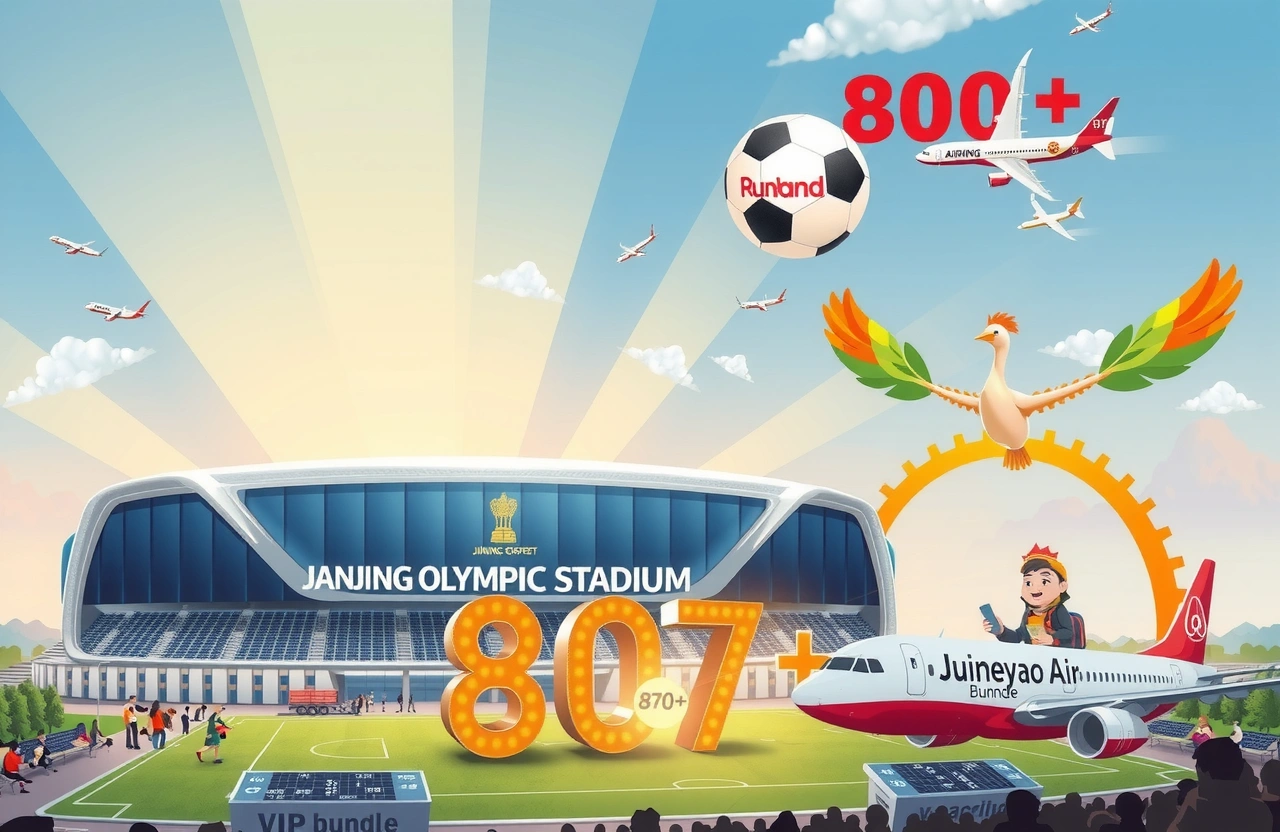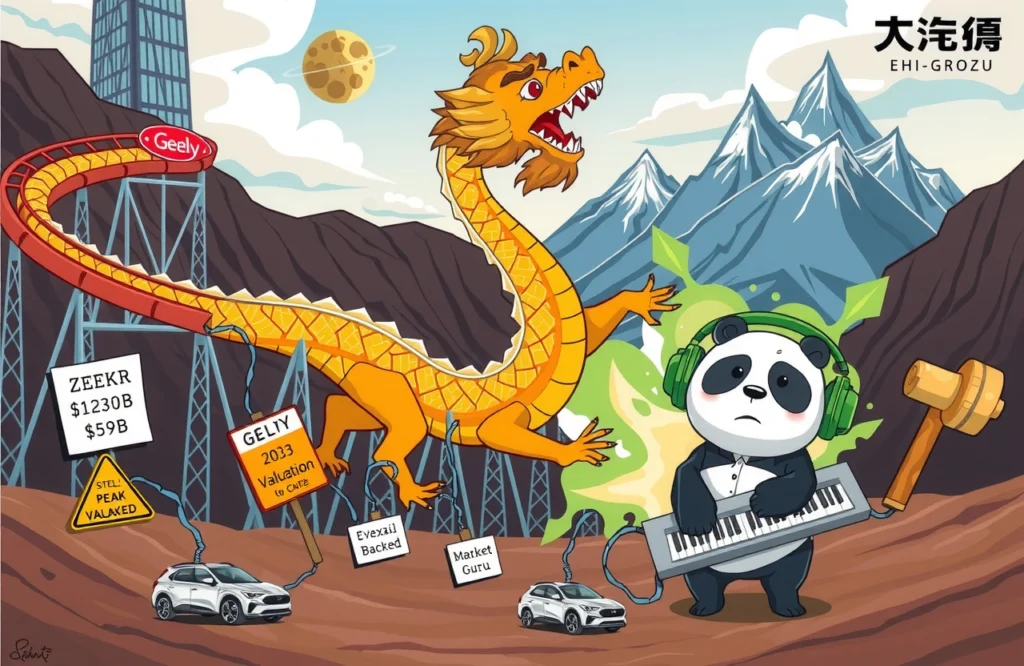Key Takeaways
- Jiangsu’s Su-chao league generated record-breaking 5.03 million air passengers since season launch
- Airlines added 42% more flights to Nanjing and surrounding airports
- Hospitality sectors report 68% occupancy surge during match weekends
- Transportation infrastructure undergoing major expansion due to sustained demand
- Regional economic boost exceeds $850 million from football tourism
A New Era in Sports-Driven Travel
The roar of 60,000 fans in Nanjing Olympic Stadium echoes beyond the pitch – it reverberates through departure lounges at Pudong International Airport and manifests in packed regional air shuttles crisscrossing Eastern China. Welcome to the Su-chao effect: China’s football league has become an unprecedented aviation catalyst since kickoff last April, driving remarkable travel patterns shifting from traditional tourism to sports pilgrimage.
Official civil aviation data reveals staggering numbers: 503 air routes serving Jiangsu province transported over 5.03 million passengers specifically traveling for matches – equivalent to Estonia’s entire population taking flights. This air travel surge showcases modern China’s evolving entertainment consumption habits, where disposable income meets athletic passion creating new economic corridors. Nanjing Lukou International Airport recorded 1,300 additional weekly flights during peak season – a 42% capacity jump requiring renegotiated international carrier slots.
The Mechanics of Football Aviation Growth
The symbiotic relationship between professional sports and transportation infrastructure is transforming Jiangsu province’s economic landscape:
The Air Travel Surge Manifested
Regional airports expanded services dramatically to accommodate football travelers:
- Nanjing Lukou added 12 domestic routes including high-frequency Kunming-Jiangsu service
- Wuxi Shuofang redeployed wide-body aircraft from international routes
- Xuzhou Guanyin optimized ground services to achieve 22-minute passenger turnaround
Airlines deployed digital innovation to manage demand:
- China Eastern’s ‘Match Pass’ combines flight and ticket bundles saving 35%
- Spring Airlines created dynamic pricing algorithms around game schedules
- Juneyao Air introduced fan shuttle buses from airports directly to stadiums
This infrastructure adaptation demonstrates how relatively recently professionalized Chinese football leagues now command operational influence comparable to major European competitions.
Profile of the Football Traveler
Demographic research by Jiangsu Sports Bureau identifies three primary travel segments driving the air travel surge:
- Corporate Hospitality (42%): Business groups blending sponsorship with client entertainment
- Premier Fan Clubs (31%): Organized supporter groups traveling for away games
- Stadium Tourism (27%): Families combining matches with cultural attractions like Nanjing’s Ming Palace
The average football traveler spends 3.2 nights in Jiangsu – 104% longer than business visitors – injecting approximately $870 per person into local economies through hotels, dining, and merchandise.
Beyond Transportation: Multiplier Effects
The Su-chao league’s impact radiates through Jiangsu’s economic ecosystem:
Hospitality Revolution
Hoteliers refocused operations around match schedules:
- Marriott’s tactical pricing delivered 88% weekend occupancy
- Local inns near Suzhou Stadium quintupled room rates during derbies
- Shared accommodation platforms report >800 new Jiangsu hosts since season start
Restaurants adapted service patterns:
- Pre-match prix fixe menus served 45 minutes faster than traditional service
- Tavern alliances offer post-game transportation coordination
- Catering companies introduced custom stadium-to-takeout delivery programs
Infrastructure Acceleration
Sustained flight volumes prompted Nanjing Government’s $2.1 billion mobility upgrades:
- Lukou Airport Terminal 2 expansion (29 new jet bridges)
- High-speed rail transfer station underneath stadium complex
- Smart traffic management reducing match-day congestion by 67%
Sustainable Growth Strategies
Regional planners developed innovative frameworks supporting the air travel surge while mitigating strain:
Seasonal Service Models
Transport analytics informed responsive scheduling:
- Hybrid charter-commercial flights during derby weeks
- Dynamic rail supplements reducing regional air pressure
- Shared mobility partnerships (Didi-Su-chao official shuttle program)
Economic Diversification
Strategists designed football tourism extending visit duration:
- Combined ticket packages bundling heritage sites with stadium tours
- Training center access creating training tourism niche
- Preseason exhibition matches driving offseason visitation
Changing China’s Sports Tourism Landscape
As China’s National Sports Administration targets 800 million sports tourists by 2025, Su-chao offers the operational playbook. League officials continuously refine coordination:
- Transparent fixture publication 180 days pre-season
- Regional tourism bureau integration in visitor flows
- Airport self-service kiosks printing digital tickets
The Bundesliga’s international promotion strategy exemplifies football-driven travel growth that Su-chao aims to emulate. According to their tourism impact study, coordinated schedules increased airline partner revenues by €50 million annually.
Beyond the Final Whistle
Five million flights represent more than logistical achievements – they showcase China’s evolving sports economy where fandom drives complex cross-industry symbiosis. The ripple effects travel far beyond airports: souvenir manufacturers report triple-digit growth, streaming subscriptions increased 83% nationally, and Jiangsu trademarked 14+ club-related consumer goods.
This air travel surge creates surprising opportunities:
- Agricultural producers supplying stadium concessions expanded nationally
- Catering startups specialize in portable stadium meals
- Hospitality apprenticeships reduce regional youth unemployment
Such diversification insulates against football volatility – now critical as league architects contemplate winter scheduling to extend tourism seasonality. Simultaneously, environmental innovation accelerates:
- Solar-powered charging stations at transportation hubs
- Zero-emission shuttle fleets between rail stations and venues
- Carbon offset programs integrated into ticket purchases
Experience this transformation firsthand – book flights early for September’s Nanjing derby when flight premiums approach 200% as supporters flood in. Connect through Wuxi’s recently upgraded hub for discounted regional transfers. Savvy travelers monitor club partnerships: Jiangsu Suning FC recently launched hotel-airport-stadium bundles unlocking VIP access otherwise unavailable to international visitors.




